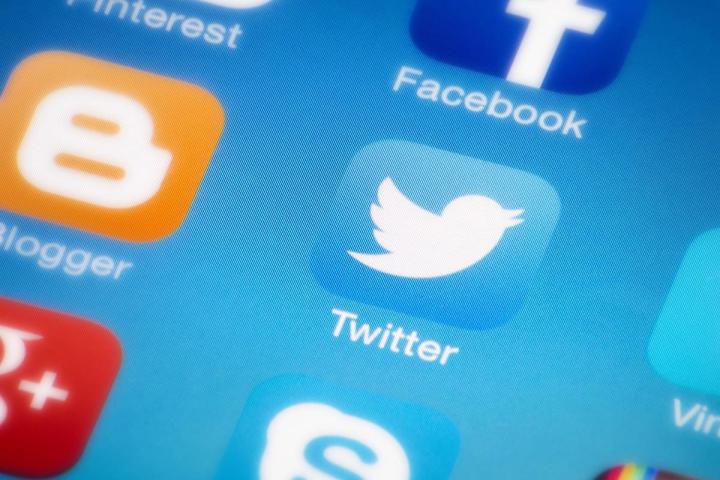
This green light mandates that companies must link to a disclaimer that states that they are not yet selling securities, and only applies to enterprises looking to raise less than $50 million a year. Still, this cap is a significant increase over the previous limit of $5 million. When this was maximum between 2012 and 2014, only 30 offerings were made to startups.
For the last few years, the SEC has been slowly warming up to the idea of announcing major business news on social media, rather than in SEC filings. In 2013, after Netflix CEO Reed Hastings released information about the platform’s monthly viewers on Facebook rather than going through the SEC, the organization changed its rules to allow companies to post on Twitter or Facebook, assuming they’d already alerted investors to look on these platforms first.
Joe Wallin, a startup adviser at Carney Badley Spellman PS, “It’s a brave new world. The way securities have been distributed and sold has never involved a lot of media.” While it’s still unclear how much impact a 140-character tweet might have on actually attracting the necessary attention and money to make a difference, the decision still allows for a brand new application of the social media platform, which is, of course, undergoing some investor issues of its own as of late. So tweet away, startup founders, and see what happens.


